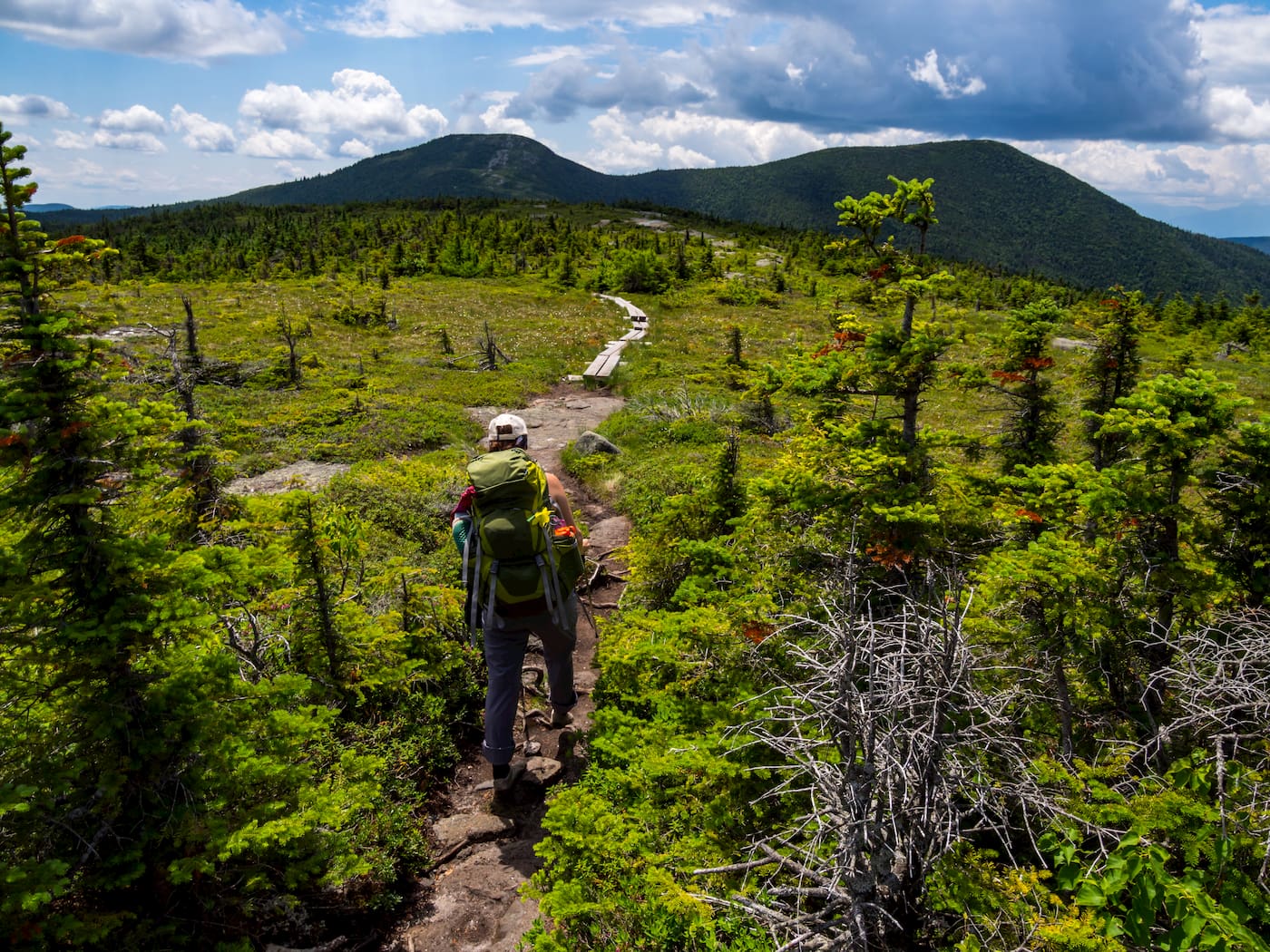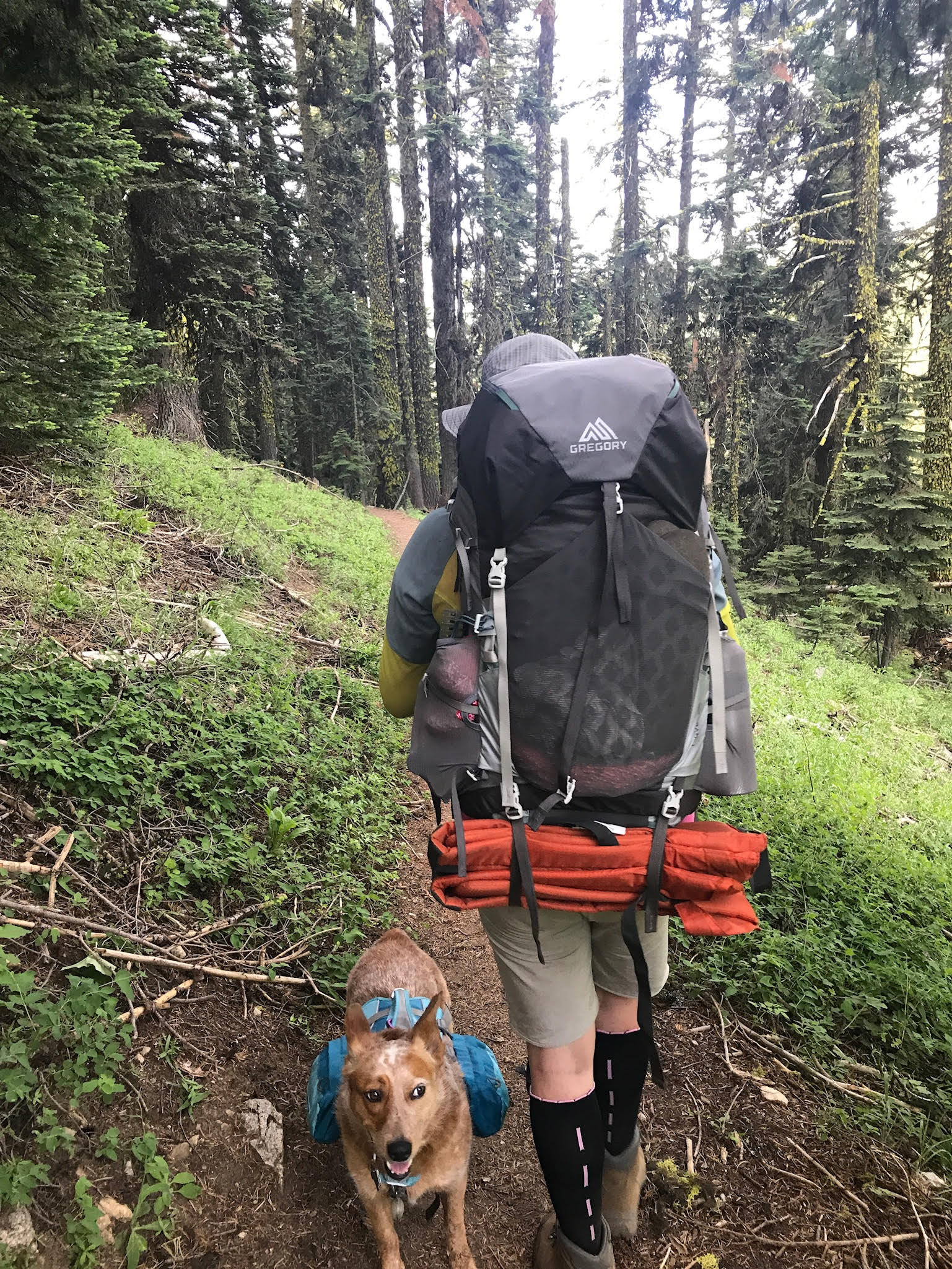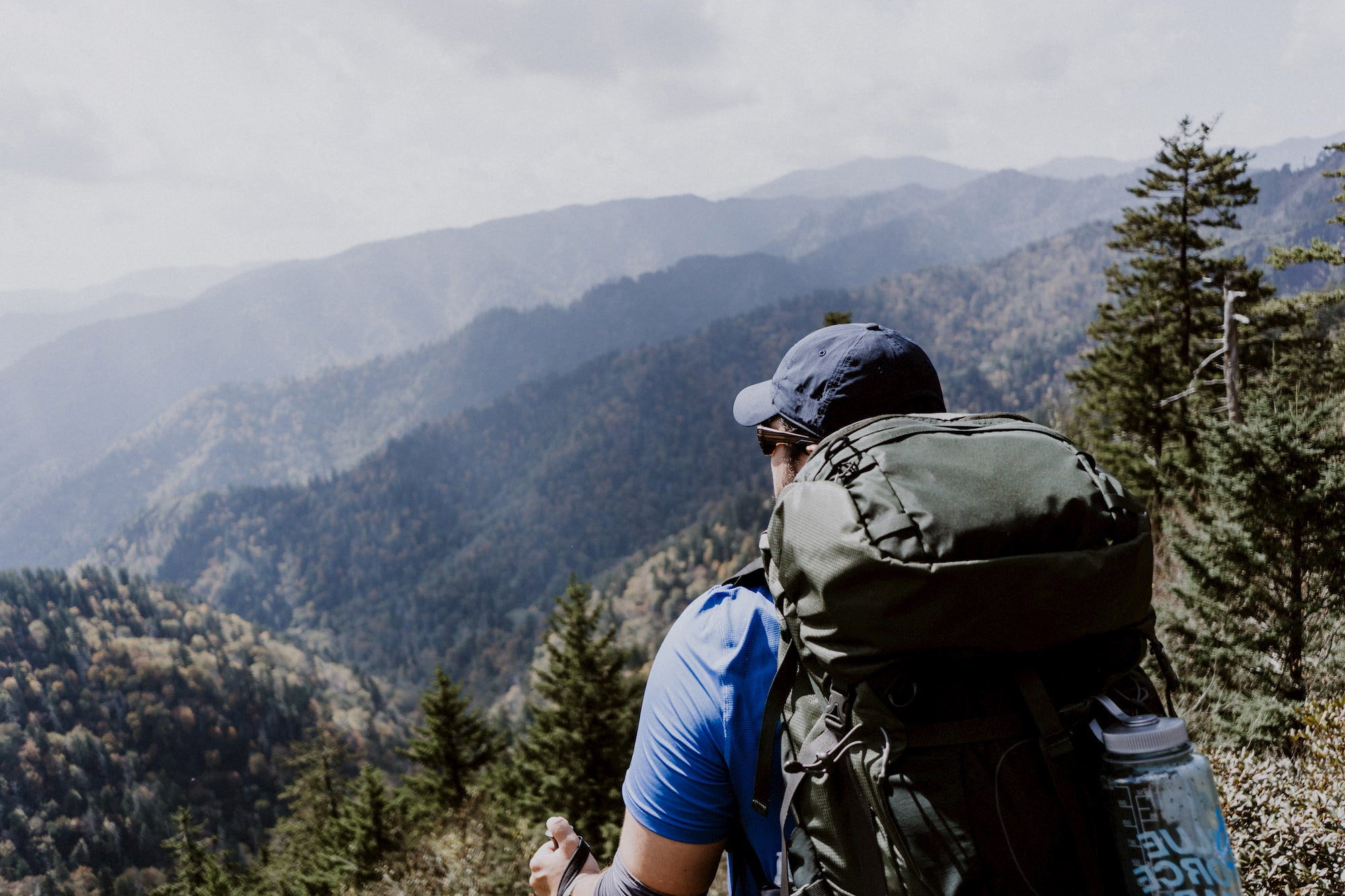This article was brought to you by our friends at Gregory, makers of seriously high-quality outdoor backpacks that are tough enough to last you the entirety of the Appalachian Trail, and beyond.
Like it’s west coast cousin, the Pacific Crest Trail, the Appalachian Trail (AT) is a bucket-list journey of epic length. Measuring in at approximately 2,200 miles, this exhausting excursion will take you through 14 states and put around five million steps on your pedometer. Traversing the entire trail will test your mettle and your stamina like few other challenges can. If you’re ready to take it on, one big question remains, how many months of hiking await you?
How Long Does it Take To Hike The Appalachian Trail?
We won’t bury the lead on this one. Because, perhaps surprisingly, there actually is somewhat of a consensus on how long it takes a person to hike the full length of the Appalachian Trail. The vast majority of hikers will complete the entirety of the Appalachian Trail in five to seven months.
To be a bit more exacting, according to the most recent available statistics (from 2015), the Appalachian Trail Conservancy (ATC) Data Book says that the average completion time is “a week or two shy of six months”.
While that may be the official line, the reality of hiking the Appalachian Trail accounts for much more variability—hence the five to seven month window. So, whether that satiates your curiosity or not, is up to you. But ultimately, there’s much more to the AT story than that.
Route Options
There are essentially three different ways to tackle the Appalachian Trail. The northbound route is, far and away, the most common route taken by thru-hikers. Beginning at Springer Mountain in northern Georgia, hikers proceed north on the traditional course toward the finish line at Mount Katahdin in Maine. However, due to the increasing number of hikers attempting the textbook Appalachian Trail route, other route options have started to gain popularity.
Consider this: only about 25% of thru-hikers that begin the AT journey, will make it all the way to the end. That statistic has real world consequences for the first half of the northbound trail. Crowding, trail damage, and resource depletion are just a few of the reasons why some people are beginning to opt out of the traditional route.
The Southbound Route

The second most popular route option is to take a southbound trek. This is just the traditional northbound route done in reverse, starting in Maine and finishing in Georgia. But southbounders beware: starting in Maine is much, much more difficult. This route is only recommended for advanced hikers, or hikers that have significant experience hiking the A.T. in Maine (and/or New Hampshire).
The very first day on the southbound route begins with 4,000 feet of elevation gain, and according to the ATC, “extremely difficult terrain…Katahdin, the mountain you climb on your first day, is arguably the hardest climb on the A.T.” Because the northbound route is so difficult at the beginning, it will inevitably have a higher DNF (Did Not Finish) rate. Plus, it will almost certainly take longer to complete since hikers won’t have their “trail legs” under them yet, and will need to stop more frequently, thus covering less ground.
The Flip Flop Route
Lastly, there is the “flip flop” approach to the Appalachian Trail, where hikers begin somewhere in the middle of the trail. The Appalachian Trail Conservancy gives several compelling reasons why this may be a great route option for some.
According to the ATC website, “Increasingly, hikers are choosing to start somewhere in the middle of the Trail. Generally, these alternative itineraries offer a gradual progression from easier to more difficult terrain and more frequent resupplies. You can also avoid crowds and the party atmosphere, follow favorable weather conditions and reduce crowding and minimize resource damage to the Trail.”
The ATC also mentions that using a flip flop route will likely take about six and one-half months to complete the entire trail. This is 3-4 weeks longer than the average completion time for the traditional northbound route. At least that added time should come with added conveniences; like more resupply stops, better weather, and a more favorable progression of difficulty.
Ultimately, the straightforward answer of five to seven months is the best peek at how long it takes to hike the Appalachian Trail. Your experience may differ, however, depending on a handful of factors — what route you take, crowding, stopping for supplies, difficult weather, and more are just a few of the other variables that will determine just how long your AT journey will take. And by the way, if you’re looking to break a world record, the time to beat is 46 and one-half days! So, choose your pace wisely—and good luck!
This article was brought to you by Gregory.

Image from The Dyrt camper Jenny R.
Gregory creates sturdy backpacking packs for everything from overnights to thru hikes.
The Dyrt is the only camping app with all of the public and private campgrounds, RV parks, and free camping locations in the United States. Download now for iOS and Android.Popular Articles:
Articles on The Dyrt Magazine may contain links to affiliate websites. The Dyrt receives an affiliate commission for any purchases made by using such links at no additional cost to you the consumer.



